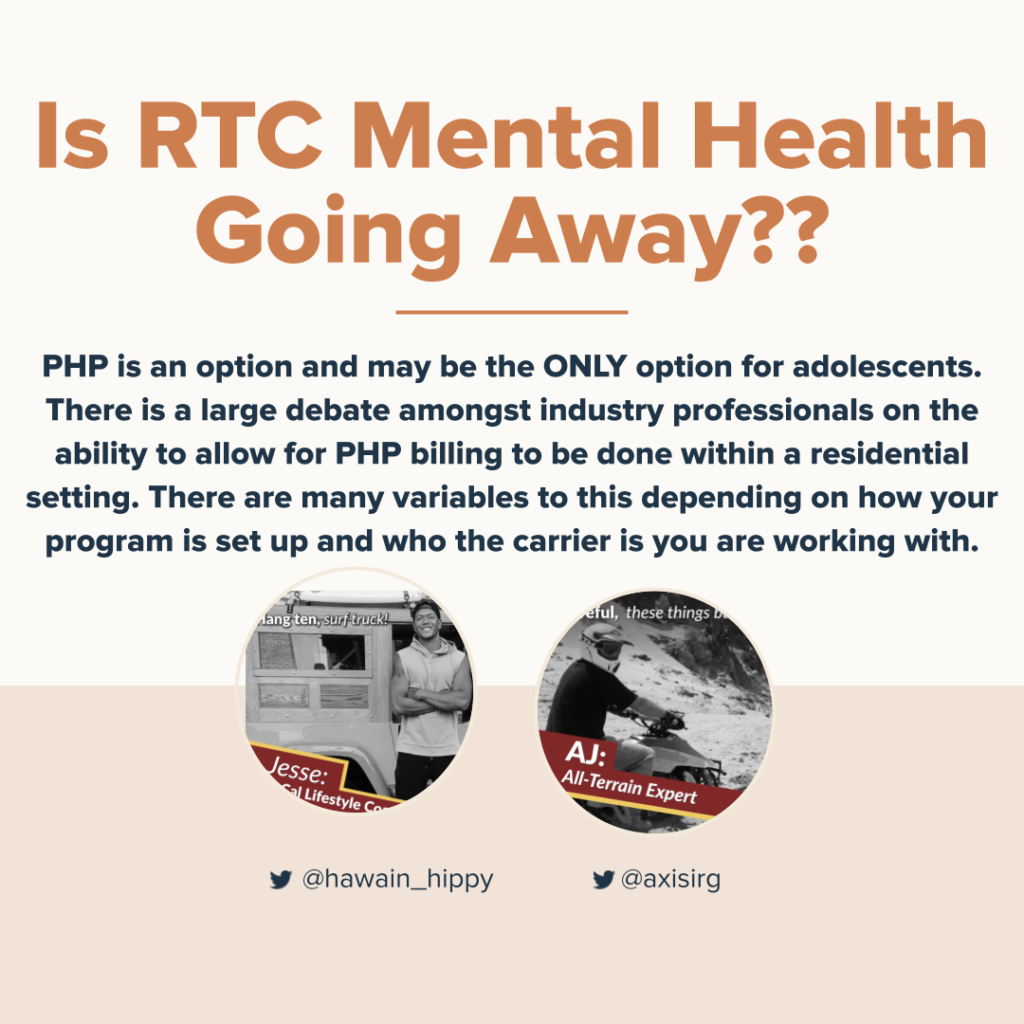A Closer Look at PHP Billing for Behavioral Health Service Providers
America’s mental health problem has been growing steadily over the past few years. As such, more people require mental health services. If your health facility offers partial hospitalization programs to patients under a psychiatrist’s direction, managing the billing process is among the things you should keep in mind.
It’s best to fully understand the PHP billing process since it will be easier for you to process claims. That said, here’s a closer look at PHP billing for behavioral health service providers and why understanding the billing process ensures timely and accurate reimbursement for the services you offer.
What is Partial Hospitalization for Mental Health or Substance Abuse?
Commonly known as PHP, this structured treatment program primarily targets behavioral health patients. It allows patients to continue residing at home while commuting to the treatment facility for up to seven days every week. It’s an alternative to inpatient behavioral health care and more intense than the treatment patients receive in a therapist’s or doctor’s office.
Medicare and most health insurance policies cover part or most costs related to partial hospitalization services. The covered PHP services include:
- Individual behavioral training
- Occupational therapy that’s part of the treatment program
- Support groups
- Patients’ training and testing
According to the Affordable Care Act, insurance policies operating out of states that accept federal financial assistance must cover patients’ PHP treatment. However, the companies are allowed to select the forms of treatment to cover.
PHP Billing Requirements
When dealing with PHP billing, it’s best to ensure that all the parties involved get what they want. As a mental health provider, you should get reimbursed on time, while patients ought to continue receiving the treatment they need and deserve.
On their part, insurance companies need to be on board by enabling treatment to continue. There are many modalities when it comes to PHP billing compared to hospital-based and inpatient programs. This makes things challenging when behavioral health service providers try to get reimbursed.
If your facility offers PHP services, it must be licensed both at the federal and state level to treat mental and behavioral health conditions. Besides, the facility should meet these CMS guidelines for it to qualify for reimbursement:
- The attending mental health provider must supervise patients at all times
- Patients’ initial treatment plans should be adhered to consistently
- Your facility should adhere to best practices for behavioral health treatment
- The expected treatment time should be stipulated
Revenue Codes for PHP Billing
Generally, PHP billing codes differ according to patients’ diagnoses and the purposes of the treatment being offered. For instance, mental health treatment and substance abuse treatment may get billed differently. Besides, you should keep in mind that when treating patients with a dual diagnosis for both mental health and substance abuse issues, you can only bill for one PHP session per day.
Here is a good quick cheat sheet:
| #0913 | H0035 | Mental health partial hospitalization, treatment, less than 24 hours |
| #0913 | S0201 | Substance abuse Partial hospitalization services, less than 24 hours, per diem |
It’s good practice to provide all the relevant information to the insurance company to ensure that your claims get processed on time. Besides, avoid submitting duplicate claims because the reimbursement will inevitably be denied or delayed.
Final Thoughts
If you’re a behavioral health service provider and offer PHP to patients, you should understand the PHP billing process. This will go a long way in maximizing your reimbursement for the behavioral health services you provide.
There is a large debate amongst industry professionals on the ability to allow for PHP billing to be done within a residential setting. There are many variables to this depending on how your program is set up and who the carrier is you are working with.
In and out of network issues come into play as well as some insurance companies have loosened guidelines for network vs. non network providers. Be sure to know the right questions to ask when navigating this complex issue. It is not a black and white situation.



My program is 60 days, i notified my Rehab that could not commit for the full 60 days they sent me anyways, now Im told if i leave it will be AMA. How will this affect my insurance coverage. This was all discussed before i came to this program
This is a great question and would depend on your specific policy and agreement with the treatment facility.
Hi there- quick question. My insurance is stating that I have to attend 4 hrs of programming each day with a minimum of 20 hours per week in order for my provider to bill. If I only attend 2 hours of programming they can’t bill that day. Is that true?
In a general sense, that is true. The insurance sets the requirements/criteria for what is needed to get reimbursement.
In some cases, insurance companies may have specific requirements for the minimum duration and frequency of services in order to consider them billable. For intensive outpatient programs (IOP) or partial hospitalization programs (PHP), insurance companies may require a minimum number of hours of programming per day and week to qualify for reimbursement.
If your insurance is stating that you must attend 4 hours of programming each day with a minimum of 20 hours per week for the provider to bill, it’s essential to review your insurance policy documents or contact your insurance provider directly to understand the specific requirements and limitations of your coverage.
If you have concerns or questions about your coverage or billing, it’s always best to communicate directly with your insurance company and your healthcare provider. They can provide you with the most accurate and up-to-date information regarding your policy, coverage, and billing requirements. Additionally, they can work with you to address any concerns or find alternatives if you are unable to meet specific program requirements.